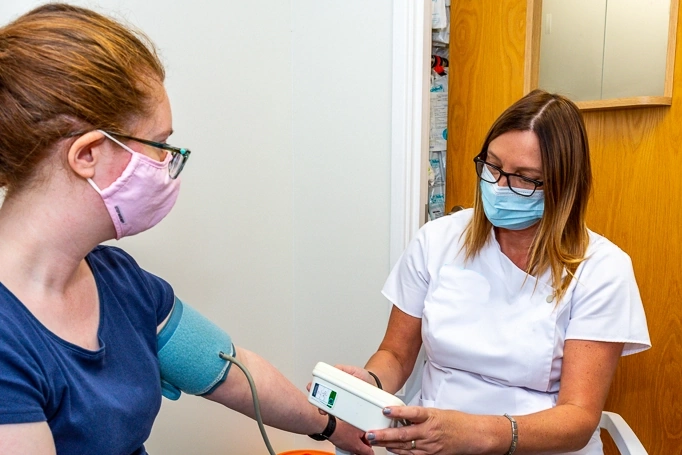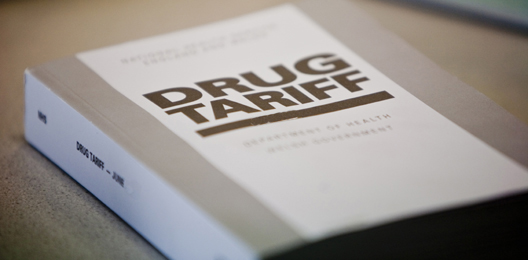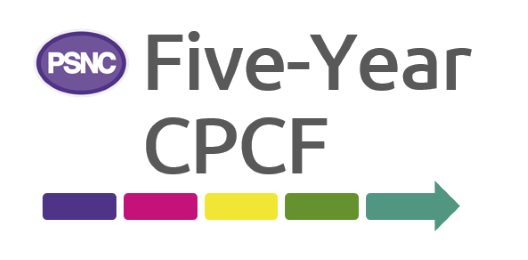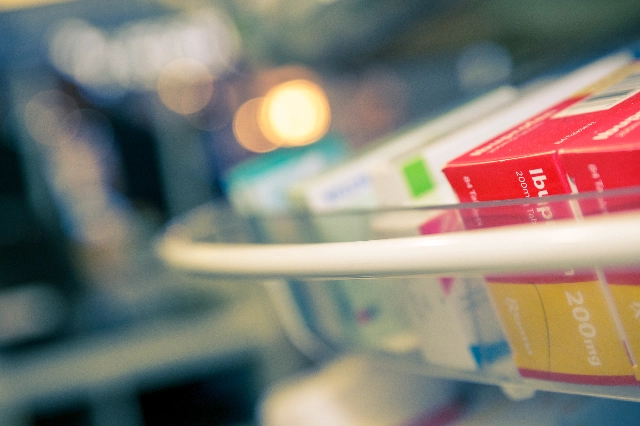Case study: Demonstrating antimicrobial stewardship in community pharmacy
Over the last few years, the community pharmacy sector has demonstrated its commitment to tackling the issue of antimicrobial resistance and worked hard on its involvement in antimicrobial stewardship (AMS) activities.
This has included activities in the Pharmacy Quality Scheme over several years.
The case study below, from Community Pharmacy Avon, involves an analysis of data from the NHS Community Pharmacist Consultation Service (CPCS) and a linked Patient Group Direction (PGD) service provided by community pharmacies in the Bristol, North Somerset and South Gloucestershire (BNSSG) Integrated Care Board (ICB) area between October 2022 to May 2023 (eight months).
This locally commissioned service, a forerunner to the soon to launch national Pharmacy First service, allows community pharmacists to supply an antibiotic under a PGD, where clinically appropriate, to a patient who was initially referred to them under the CPCS.
How was the data analysed?
The CPCS dataset includes the clinical presentation of the patient. For each condition, the data was analysed to look for the marker of either urinary tract Infection (UTI) or sore throat. The “other condition” data was also reviewed to identify patients presenting with either condition where the pharmacy had decided to free type the presentation. Where appropriate, this data was then included in the UTI or sore throat data.
The CPCS data review examined the outcome for the patient to identify whether a referral back to their GP practice occurred; as the outcome for these patients is unknown they were excluded from the pharmacy analysis.
The BNSSG ICB PGD data was then analysed to count the number of consultations for either UTI or sore throat where the route of presentation was via CPCS referred from a GP practice. This excluded patients who had self-presented at the pharmacy and patients referred from NHS 111.
The PGD data was also able to identify a small number of patients whose consultation had been recorded in the PGD template, however it was noted they did not meet the required clinical criteria, so no supply of an antimicrobial was made. It is important to note that it is not a requirement to complete the PGD template when the clinical criteria have not been achieved.
Using the data from these two services allowed the percentage of patients presenting in the pharmacy who received a course of antibiotics to be calculated.
Results
The number of patients referred from GP practices to community pharmacies for the following conditions was as follows:
- UTI, 3,557 patients (~445 per month)
- Sore throat, 5,199 patients (~650 per month)
Patients referred to community pharmacy via CPCS will have already been filtered by the GP reception team.
Urinary tract infection
For the pharmacist to make a supply of an antibiotic, the patient is required to present with at least two of the following three symptoms: dysuria; new nocturia or urine cloudy to the naked eye.
Of the 3,557 patients presenting in the pharmacy following a GP CPCS referral, 507 (14%) were escalated back to their GP practice.
For the remaining 3,050 patients managed in the pharmacy, 2,251 (74%) were taken through the PGD consultation. A small number of patients being taken through the template did not meet the clinical criteria.
The outcomes from the consultation were:
- Achieving 1 of the 3 symptoms = 82 women, therefore an antibiotic supply was not made
- Achieving 2 of the 3 symptoms = 923 women
- Achieving all 3 symptoms = 1,246 women
Therefore 2,171 (71%) women received a course of antibiotic for their UTI.
Sore throat
For the pharmacist to make a supply of an antibiotic, the patient is required to present with at least four of the following five symptoms (FeverPAIN) (in Winter 2022/23 the protocol was altered to include three symptoms for patients aged under 18).
- Fever in the last 24 hours
- Purulence
- Attending rapidly
- Severely inflamed tonsils
- No cough or coryza
Of the 5,199 patients referred from a GP practice, 381 (7%) were escalated back to their GP.
For the remaining 4,818 patients managed in the pharmacy, 2,688 (56%) were taken through the PGD consultation. A small number of patients were taken through the PGD template that did not meet the FeverPAIN criteria, so were excluded from the PGD antibiotic supply.
- 1 symptom = 17 patients, all excluded as did not meet the criteria
- 2 symptoms = 19 patients, all excluded as did not meet the criteria
- 3 symptoms = 46 patients, 13 excluded as did not meet the criteria, however, during the pathway changes in winter 2022/23, 33 patients were included when FeverPAIN was reduced to 3
- 4 symptoms = 1,492, all included
- 5 symptoms = 1,114, all included
In total, this meant that 2,639 (55%) patients received an antibiotic supply and during the Strep A outbreak in December 2022 and January 2023 the percentage supply rate remained constant.
Conclusion
This data has been able to show that pharmacists do not always provide antibiotics and only supply them when the correct clinical presentation has been identified using either the UTI clinical screening questions or FeverPAIN protocols.








